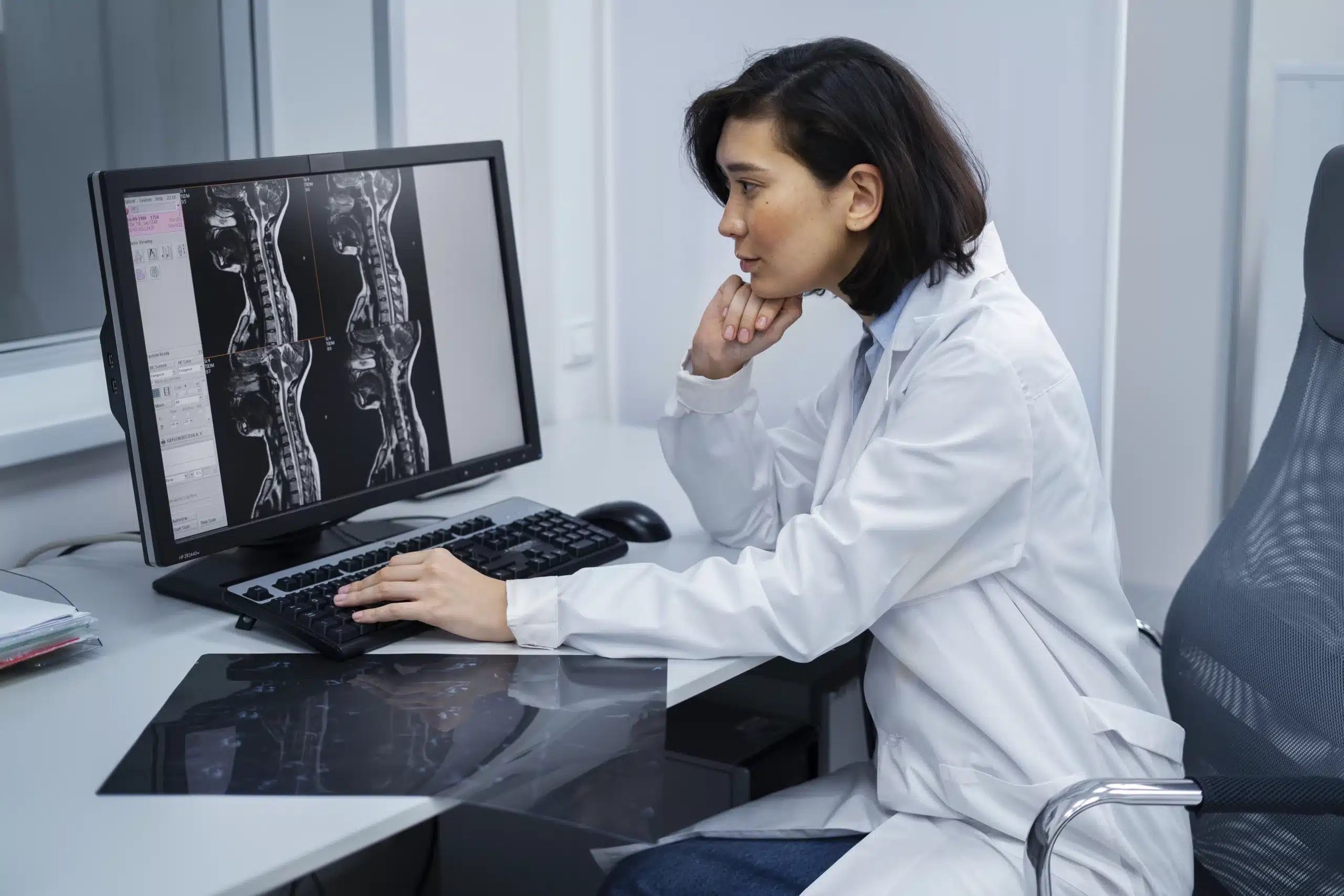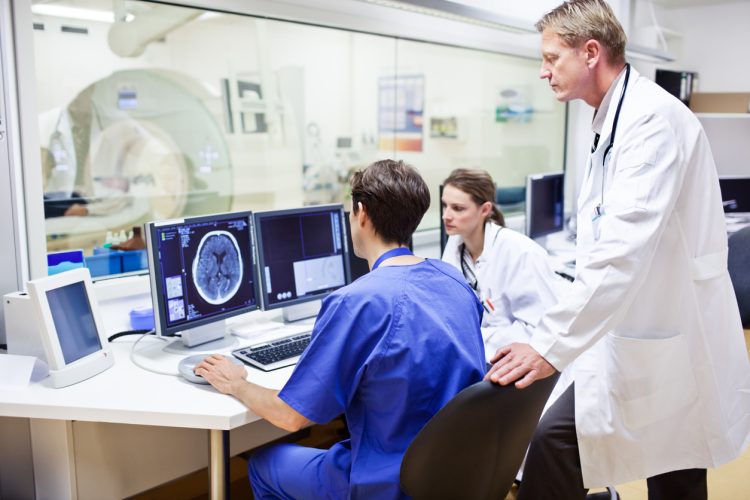When it comes to reading life-saving medical images, clarity and consistency across every screen matter. The precision of every image produced in radiology with X-rays or MRIs depends a lot on the proper calibration of the display. Modern equipment has made calibration much easier, allowing healthcare professionals to rely on their images.
Why Calibration Cannot Be Ignored
Softcopy viewing of medical images now spans far beyond radiology departments. Every diagnostic decision made at a primary reading station depends on accurate display output. But image quality can degrade if not routinely checked, and inconsistent visuals can result in misinterpretation. This is where quality control steps in—not as a burden but as a necessity that can be automated and streamlined.
Modern tools like PerfectLum help transform display calibration from a manual chore into a seamless process. By integrating with remote monitoring software, these tools ensure DICOM compliance effortlessly, allowing QA teams to perform checks without disrupting the radiologists’ workflow. That is a game-changer for large enterprises managing hundreds of workstations.
QUBYX Leading the Way in Display Innovation
One of the standout providers in this space is QUBYX, known for manufacturing a wide range of cutting-edge medical display solutions. Their focus on quality and compliance makes them a go-to partner for hospitals undergoing digital transformation. Whether it is a small clinic or a multi-center facility, QUBYX has scalable solutions to simplify medical display calibration.
Built-In Calibration for Worry-Free Accuracy
Most LCDs used in hospitals now come equipped with sensors and software that automatically maintain image fidelity. These built-in calibrators manage backlight degradation—a key cause of image dimming—by continuously adjusting brightness and grayscale values. Monitors are now smart enough to self-correct short- and long-term shifts without constant human intervention.

This hands-free approach has become vital for healthcare systems like the University of Pittsburgh Medical Center, where over 400 workstations are spread across multiple sites. Tools with SNMP-based systems have allowed them to centralize calibration management, reducing labor and ensuring image consistency throughout.
The Role of Enterprise Monitoring
Enterprise-wide PACS systems rely on reliable calibration tools to deliver consistent images. Remote solutions can now manage hundreds of displays from a single interface.
Software such as CFS, Dome Dashboard, and RadiNet Pro allow administrators to:
- Monitor display status in real-time
- Schedule and automate calibration
- Receive alerts for calibration failures
- Track performance history and compliance
Institutions in high-demand areas like New York Primary Diagnostic display centers need such automation to meet strict performance standards. With rising demands on radiologists, these systems ensure that their tools are always ready, accurate, and aligned with diagnostic goals.
A Quick Checklist for Calibration Confidence
- Ensure your display is DICOM GSDF compliant
- Use monitors with internal sensors for self-calibration
- Rely on remote calibration software for enterprise-scale setups
- Go for monthly visual checks with test patterns for extra assurance
- Choose vendors that support automated alert systems and compliance tracking.
In today’s healthcare landscape, calibration is not just technical—it is critical. With the right systems in place, maintaining high-quality displays becomes effortless, supporting confident diagnoses every time.

